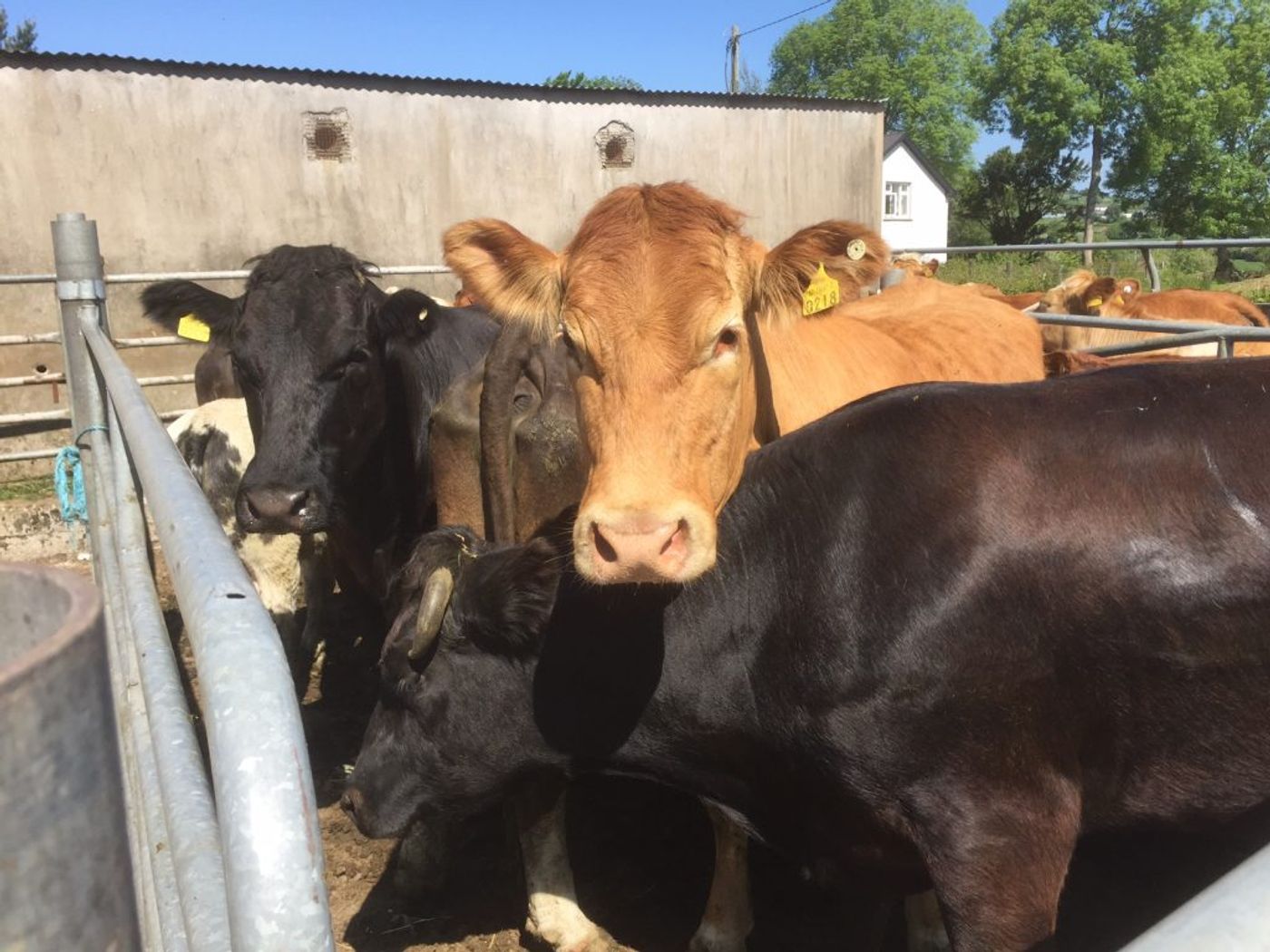Climate change increases prevalence of parasites among livestock
A warming climate will ultimately favor some species over others. One such species is a parasite called the liver fluke, which infects livestock with a disease called fascioliasis. This disease is now more rampant than ever among livestock herds that graze on pastures where the parasite lives. According to Science Daily, liver fluke contributes to an estimated £300 million annually in lost productivity across UK farms and $3 billion globally. Its prevalence has risen from 48 to 72 percent in UK dairy herds in recent decades.
But new research may offer farmers a tool to manage the parasite. Scientists from the University of Bristol have developed a model that links liver fluke prevalence with key environmental drivers, like soil moisture, to give farmers a heads-up on the presence of the parasite. In the past, it has been difficult to understand the distribution of liver fluke because many factors affect its presence in a specific pasture. Rainfall, temperature, life-cycle of the parasite, soil moisture, and climate change all play a hand in determining the parasite’s presence. This model hopes to combine all the environmental variables into one place in order to minimize risk and give farmers more information when choosing where to graze their livestock or when to treat their animals for the disease.
The authors explained in the study how they developed the model: “The model simulates environmental suitability for disease transmission at a daily time step and 25 m resolution, explicitly linking the parasite life cycle to key weather–water–environment conditions. Using epidemiological data, we show that the model can reproduce observed infection levels in time and space for two case studies in the UK.”
The significance of this research is huge for farmers and their livestock. As Professor Thorsten Wagener from Bristol's Cabot Institute stated, "Water-related diseases can be difficult to eradicate using medicine alone, as resistance to available drugs is increasing. We need predictive models of disease risk that quantify how strongly infection risk is controlled by our rapidly changing environment to develop alternative intervention strategies."
The researchers hope that their model will serve this cause, specifically with the goal of guiding interventions to reduce future disease risk. “This new tool will help farmers in managing the risk associated with liver fluke and offers a more robust approach to modeling future climate change impacts," said Ludovica Beltrame, one of the study's researchers from Bristol's School of Civil, Aerospace and Mechanical Engineering.
Sources: Science Daily, Journal of the Royal Society Interface









